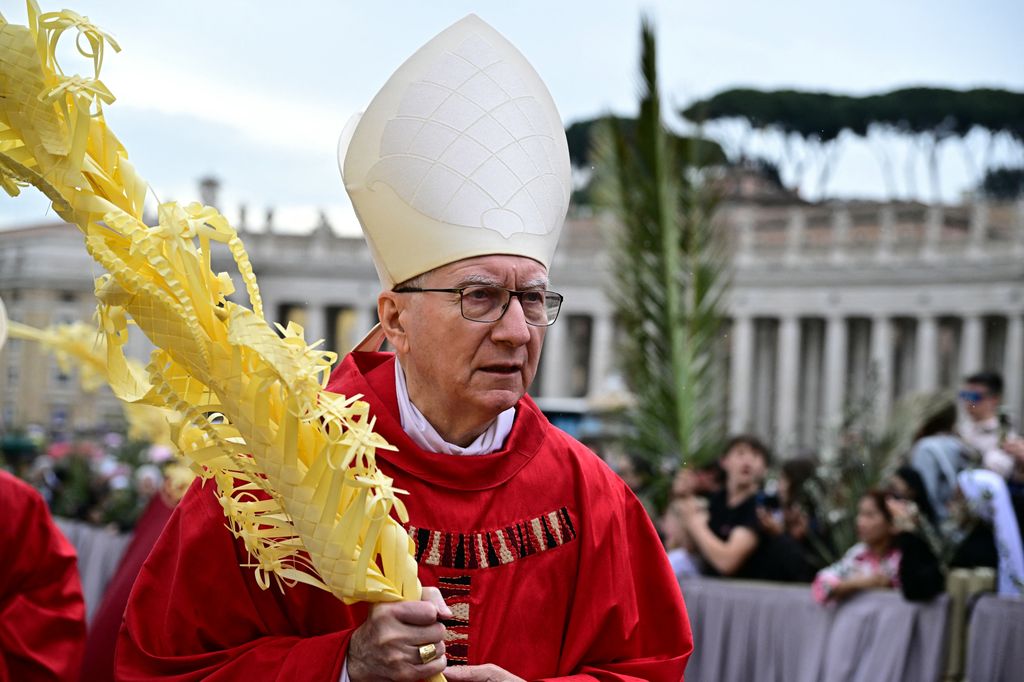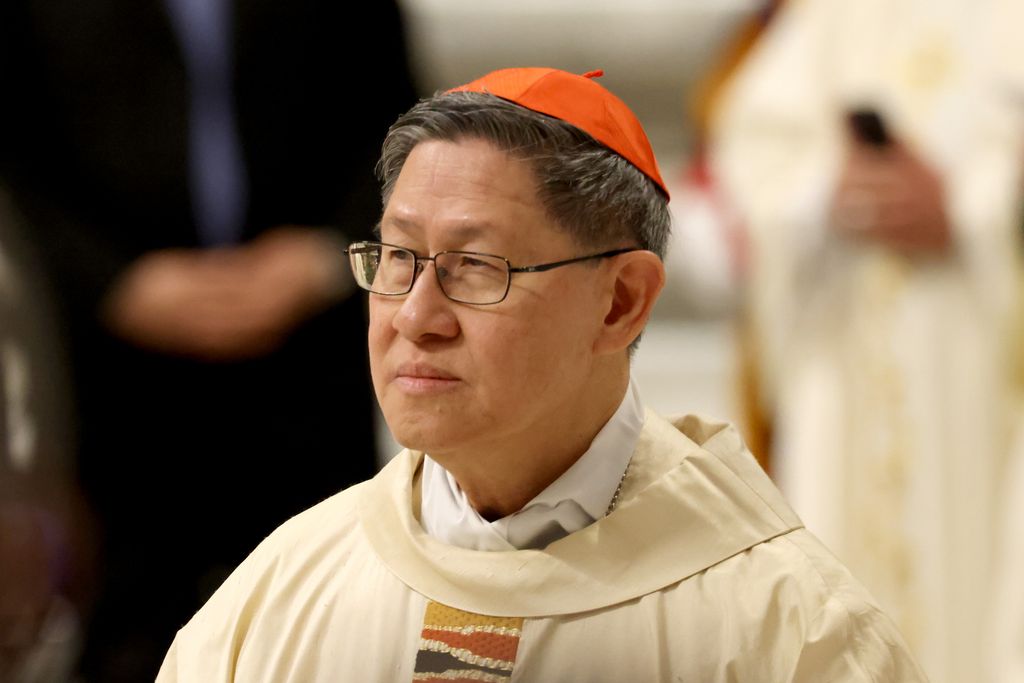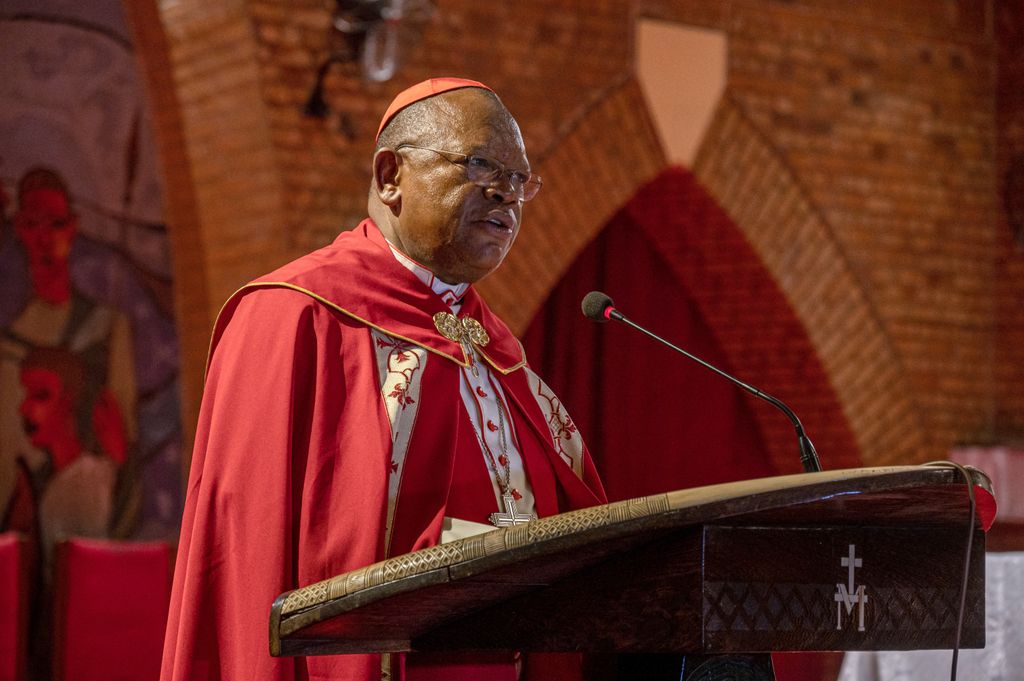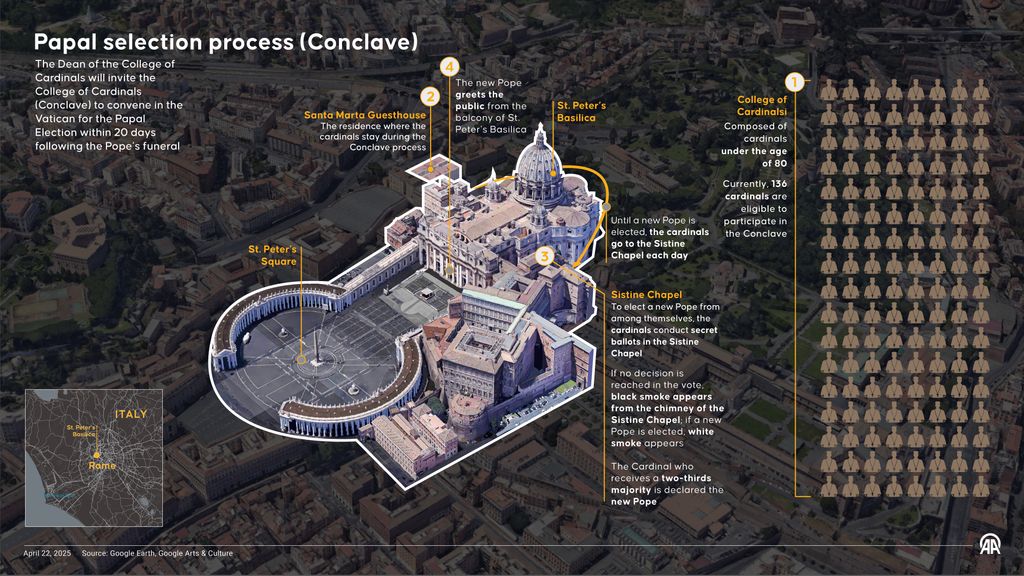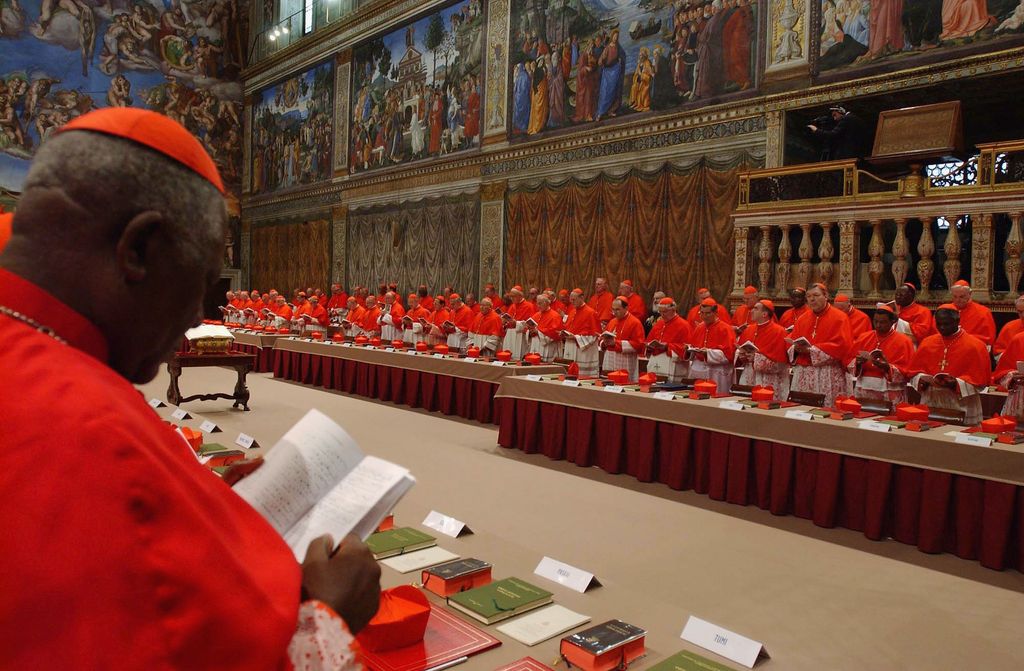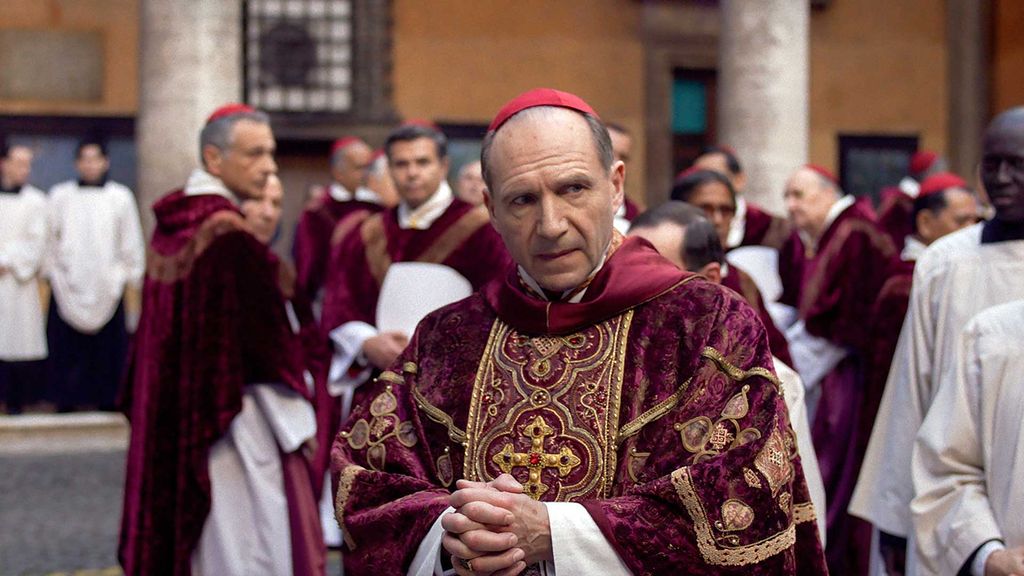
The passing of Pope Francis on April 21 at the age of 88 has launched the search for someone to ascend to the position of the head of the Catholic Church.
A papal conclave is expected to convene to elect the new pope to succeed Francis, and will be kicking off much sooner than you’d think.
Here’s what you need to know about the top projected contenders to become the next pope, what a papal conclave entails, and how many similarities it really bears to the Oscar-winning Conclave…
The top cardinals
The Italian Cardinal Pietro Parolin is considered by many to be the favorite for the title as the Vatican’s secretary of state under Pope Francis, his chief advisor. His views have been considerably moderate, praising the global appeal of catholicism while criticizing the legalization of same-sex marriage.
For the first time in 1500 years, a pope could come from Africa, with Ghanaian Cardinal Peter Turkson, Guinean Cardinal Robert Sarah, and Congolese Cardinal Fridolin Ambongo Besungu among the top picks. All three lean traditionally catholic, although Cardinal Turkson was considered a favorite in the papal conclave that elected Pope Francis in 2013.
Cardinal Peter Erdo from Hungary has twice led the Council of European Bishops’ Conferences and is considered a favorite among more conservative options, particularly for his stances against same-sex marriage and migrants, diametrically opposing Francis.
Cardinal Luis Antonio Tagle from the Philippines is the top pick from Asia, seen by many as a more moderate pick due to his sympathy for the LGBTQ+ community, divorcees, migrants and single mothers, although has a firm stance against abortion rights.
The Canadian Cardinal Marc Ouellet is the “dark horse” pick due to having been a favorite for the position in both 2005 and 2013. However, due to his age, the 80-year-old cardinal cannot vote in the conclave itself (only cardinals under 80 can vote). He is known for his more modern outlook, and even called for greater involvement of women in the Catholic Church.
What is a conclave?
A papal conclave comprises the convening of the College of Cardinals to debate and elect the next head of the Catholic Church, taking place at the Sistine Chapel in Vatican City.
All cardinals under the age of 80 are allowed to vote, with the dean usually officiating the election process. This year, both the dean and vice dean of the College are over the age of 80, so the seniormost cardinal bishop under 80, Cardinal Parolin, will oversee the election. A two-thirds majority supervote is required to elect the next pope.
When will the conclave be held?
The conclave is held between 15 to 20 days after the pope’s death, when the episcopal see becomes vacant to convene. This year, that will be between May 5 and 11.
How similar is a real conclave to the film Conclave?
As it turns out, quite a bit! A lot of Edward Berger’s Oscar winner actually proved to be very similar to what an actual papal conclave looks like, given writer Peter Straughan met with a real cardinal and visited the Vatican to get an idea of their procedures.
The process does remain essentially the same, with the cardinals convening and voting over rounds to determine the next pope. The 2013 papal conclave took two days and five ballots, with the process of sending out black smoke to communicate that no successor had been chosen being accurate as well.
Granted, the same amount of mystery and intrigue does not always appear as much as a Hollywood production, but debates often emerge on what the prevailing church prioritizes in terms of belief systems, global issues and matters of representation.
Geography plays an important role in the selection of the pope, which is why several of this particular conclave’s top candidates come from outside the western world of Europe and the Americas.
